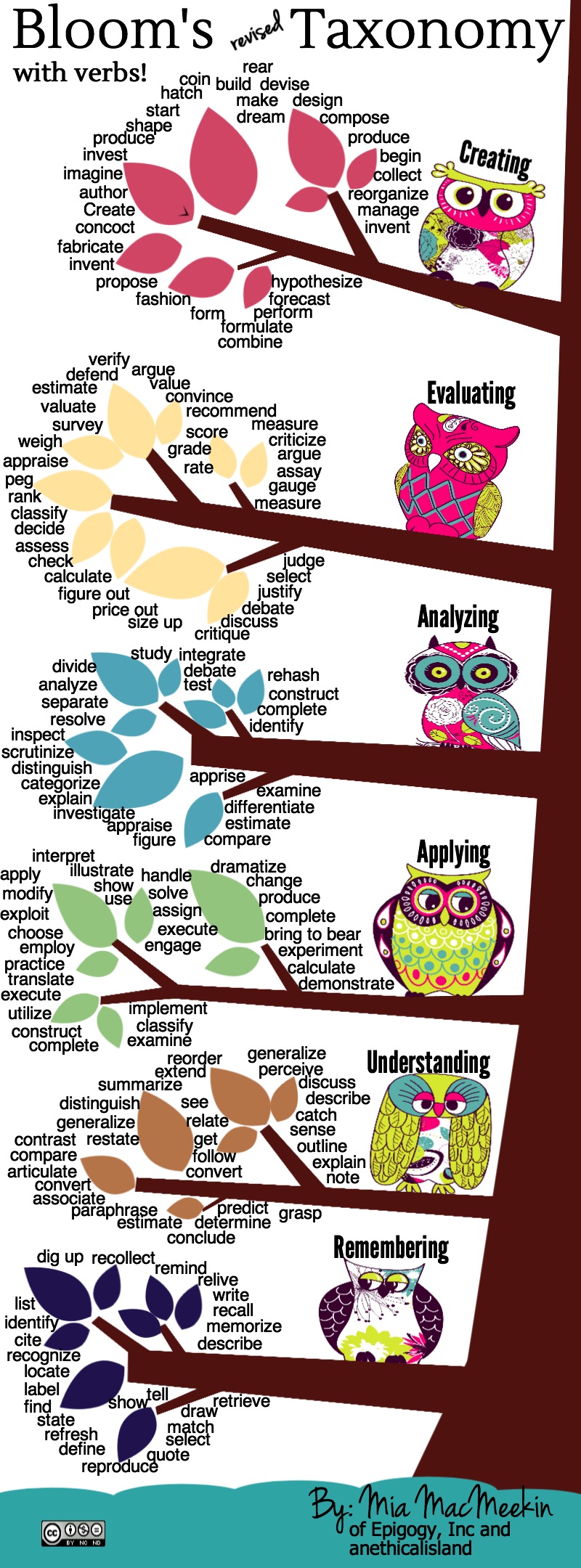I also really liked the notion that Lewis (2005) put forward about creativity not simply being about intelligence and so is unlike other, required subject. He notes "while the intellectual dimension of creativity deals with problem finding, problem definition and redefinition, and knowledge acquisition, personality aspects govern traits such as tolerance for ambiguity and willingness to surmount obstacles" (Lewis, 2005). Therefore, being able to creatively and productively engage in technology design tasks are not simply about knowing the process and having the complex conceptual understandings, it is also about having the personality traits that allow students to overcome obstacles and attack challenges in new ways. Without this ability, many students would become stuck easily when presented with a design challenge.
Lewis (2005) suggests use of many key aspects in the technologies classroom. Below are his suggestions and some personal notes on how I might use them.
- Use metaphors and encourage use of (production of) metaphors. The emphasis here is for not only the teacher to use them but also the students. Engaging students in construction of metaphors helps to extend their thinking and gets them to find links between two perceivably different things.
- "Combinatorial creation" - using two existing products and combining them for a new, and often novel, purpose. I would love to use this as a fun, weekly challenge by presenting students with a range of options to use and then seeing what they might come up with (encourage creativity in a fun way without the pressure of assessment or a lengthy, labouring task).
- Divergent thinking - coming up with a variety of solutions to a problem. I would encourage the use of divergent thinking first in small groups as students could share ideas that perhaps other group members would not have thought of. This might then lead to having students think outside of the box more often; use divergent thinking.
- Productive thinking - The focus here is on ensuring students do not fall into the trap of "functional fixedness". Students should deconstruct problems and look for information and criteria that are fundamental to or essential to the design. This will then break down the task (make it appear smaller and more simplified). I believe that the "combinatorial creation" activities in the classroom would be helpful in engaging students in more productive thinking as they will need to think of new and novel ways to combine products and completely change their use.
When I do complete the fun "combinatorial creation" activities I'd like to extend the students by getting them to evaluate their designs using a simple framework such as De Bono's Six Thinking Hats. This is a framework that is very simple for the students to use, and can be made easier by providing students with focus or sub questions within each hat and sentence stems to structure their responses.
Overall, I found this reading by Theodore Lewis (2005) very helpful and would certainly suggest it to others looking to teach in primary schools, especially those who are new to the technologies curriculum like I am.
References
Lewis, T. (2005). Creativity - a framework for the design/problem solving discourse in technology education. Journal of technology education, 17(1). Retrieved from http://scholar.lib.vt.edu/ejournals



.jpg)